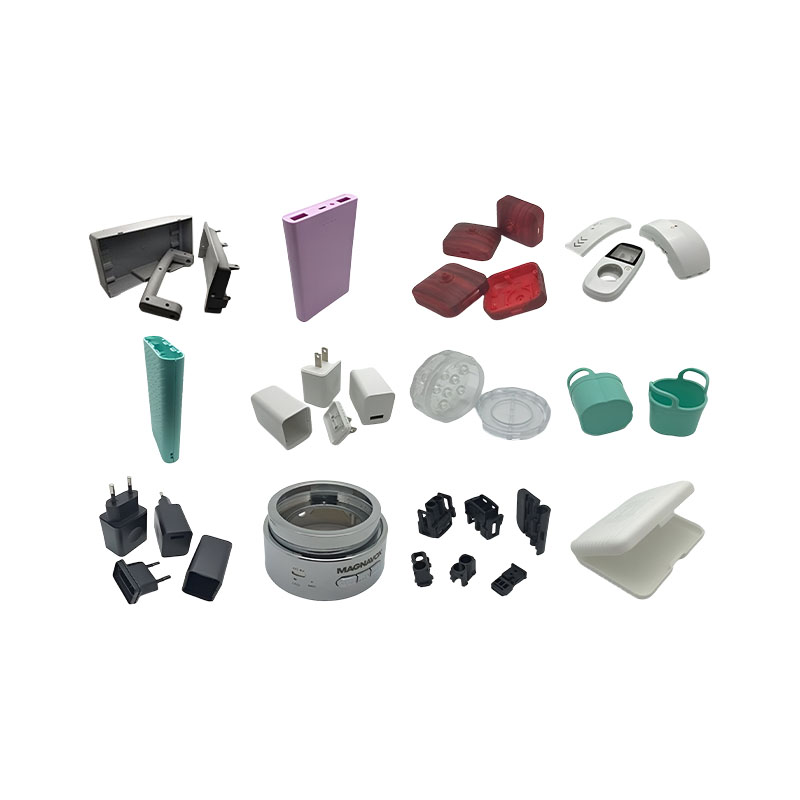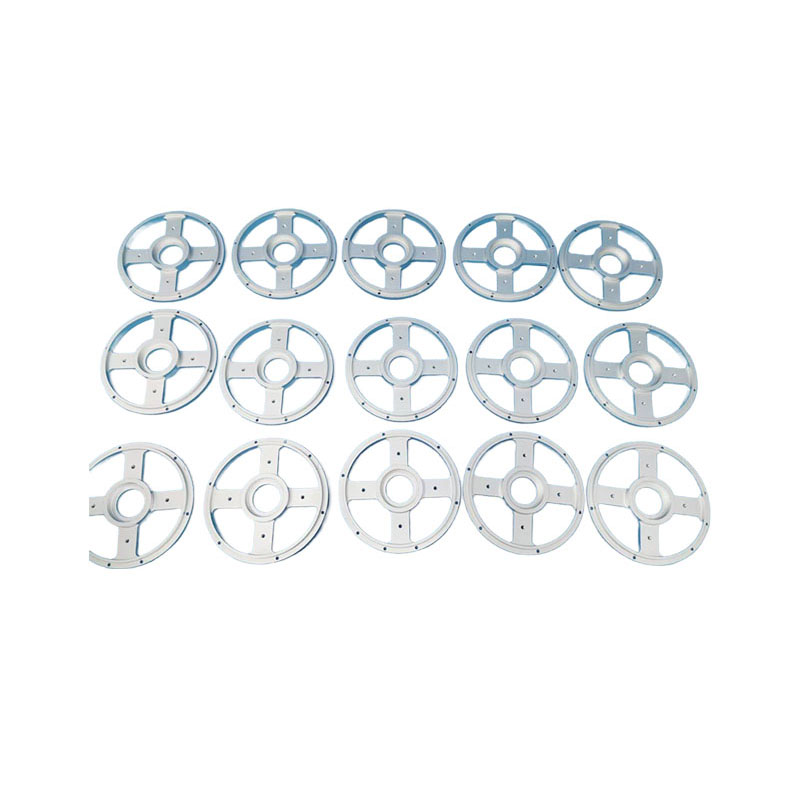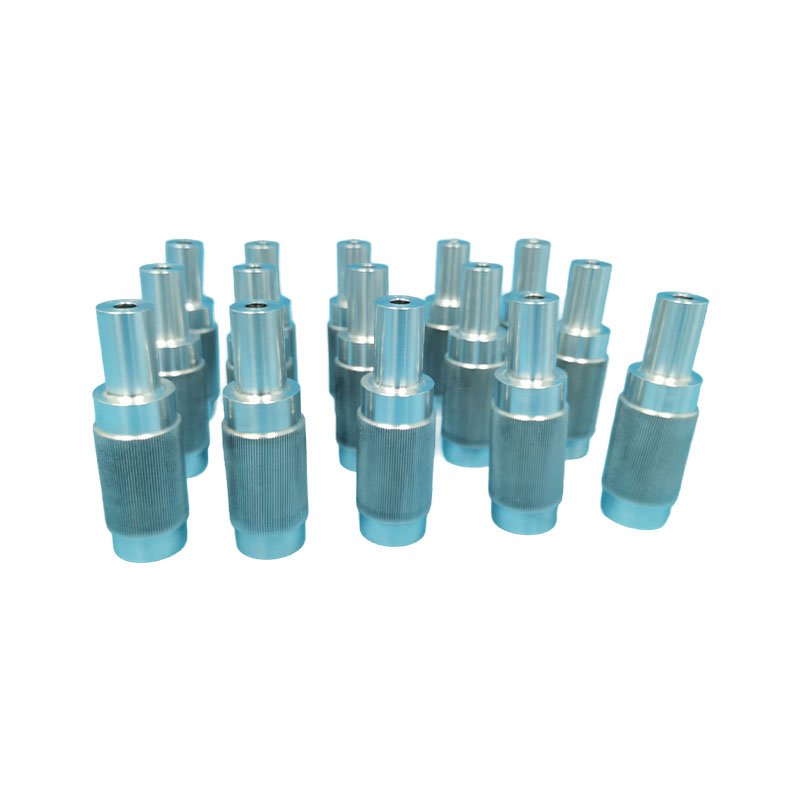How can aluminum parts engraving machine processing customization accurately match customers' complex patterns?
Release Time : 2025-05-14
In aluminum parts engraving machine processing customization, accurate matching of customers' complex patterns requires collaborative efforts from multiple aspects such as early communication, technical support, and process optimization.
After receiving customers' complex pattern customization requirements, the first task is to conduct in-depth communication. Professional technicians fully communicate with customers, not only to obtain pattern files, but also to understand customers' expectations for pattern details, styles, application scenarios, etc. For example, if customers customize aluminum craft patterns for interior decoration, they may pay more attention to the beauty and artistic sense of the pattern; if they are used for industrial signboards, they will emphasize the clarity and recognition of the pattern.
At the same time, technicians need to professionally analyze the pattern, use CAD, AI and other software to convert the format and analyze the details of the pattern, identify key elements such as complex curves, hollow structures, and fine textures in the pattern, evaluate its engraving difficulty, and prepare for subsequent work.
The accuracy of the equipment is the basic guarantee for the precise engraving of complex patterns. High-precision aluminum parts engraving machine processing customization is equipped with high-resolution servo motors and precise transmission systems, which can achieve micron-level positioning accuracy. For example, a five-axis linkage engraving machine can move simultaneously in multiple dimensions and can easily handle pattern engraving with complex spatial structures.
Advanced CNC technology is also indispensable. Through CNC programming, the pattern is converted into an instruction code that can be recognized by the engraving machine, and the path, speed and depth of the engraving tool are accurately controlled. The tool path generated by CAM software can be automatically optimized according to the complexity of the pattern to ensure that the tool operates in the best way during the engraving process to avoid problems such as overcutting and undercutting.
The choice of tool directly affects the engraving effect. For complex patterns, it is necessary to select the appropriate tool type, size and edge angle according to the details of the pattern and the material characteristics of the aluminum parts. For example, when engraving fine lines and tiny details, a small-diameter sharp knife is used; when engraving a large area of flat surface or rough processing, a flat bottom knife is used. At the same time, the material of the tool is also crucial. Carbide tools have good wear resistance and strength, which can ensure stable processing accuracy during long-term engraving.
Reasonable tool path planning is the key to accurate engraving. In addition to using software to automatically generate paths, manual optimization is also required according to the characteristics of the pattern. For the cross lines and overlapping areas in complex patterns, it is necessary to arrange the engraving sequence reasonably to avoid frequent start and stop and reversal of the tool, reduce tool wear and processing errors. When engraving hollow patterns, the layered engraving method is adopted to gradually remove the material, which can not only ensure the integrity of the pattern but also reduce the difficulty of engraving.
During the engraving process, real-time monitoring of the processing status is crucial. The engraving position, speed, tool wear and other parameters are monitored in real time through the sensors and monitoring systems provided by the equipment. Once an abnormality is found, such as excessive tool vibration, engraving position offset, etc., the processing is immediately suspended and adjusted. At the same time, the operator is also required to regularly observe the engraving effect, especially at key nodes and complex areas, to ensure that the engraving of the pattern meets expectations.
After the aluminum parts engraving machine processing customization is completed, strict quality inspection is carried out. The pattern size, shape, surface roughness, etc. of the aluminum parts are comprehensively inspected using 3D scanners, microscopes and other testing equipment. The test data is compared and analyzed with the design drawings. For parts that do not meet the requirements, corrections and supplementary engraving are carried out in a timely manner to ensure that the final product accurately matches the customer's complex pattern requirements.
Accurate matching of complex patterns is inseparable from the accumulation of experience and technological innovation. Enterprises should establish case libraries to record the processing and solutions of different types of complex patterns to provide references for subsequent similar projects. At the same time, technical personnel are encouraged to innovate technology and explore new processing techniques and methods. For example, by combining laser engraving with mechanical engraving, some fine patterns that are difficult to achieve with traditional mechanical engraving can be processed using the high precision of laser engraving, thereby further improving the engraving quality and efficiency of complex patterns.







